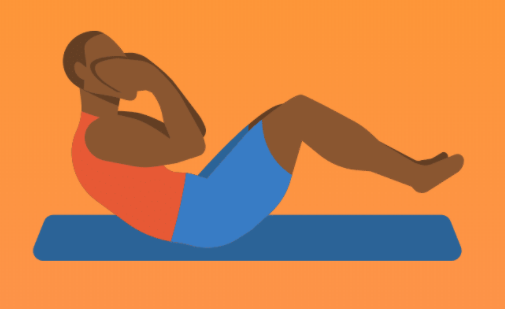Let’s talk core and what does ‘activate your core’ actually mean?
There are a lot of misconceptions about ‘activating your core’; most people believe that your core is simply made up of the abdominal muscles, such as that 6-pack we have all dreamed of having. However your core is much more than that!
Your core is actually made up by a group of diverse muscles that are designed to work together to provide stability and support with all of our day to day activities.
Let’s start with the basics - what muscles make up your core?
So why is it so important to maintain good core strength?
Whether you are an athlete, desk worker or manual labourer, having good core strength is not just about making sure you engage it properly during exercise. You may hear us go on and on about the importance of engaging your core with many daily activities. As the purpose of your core is not only to make sure that we are functioning to the best of our ability, but also to prevent us from acquiring, for example, that unwanted lower back pain by …
Working together to transfer force evenly throughout the body
Preventing excessive load from going through the spine
Not only does activating your core make your workouts safer and more effective, it helps stop you from ‘cheating’ or overusing/relying on those big power muscles to get that specific exercise done. Whilst most spinal injuries tend to arise from a combination of bending forward and rotating excessively.They are usually the result of bad mechanics and excessive load rather than simply lifting something heavy. This is where the importance of having good core strength comes in, as ideally when we go to move, run, jump, lift etc, all of our muscles are trained to work together to transfer force throughout the body.
So how do you know if you are activating your core correctly?
Engaging your core can be quite a difficult concept for many to grasp at first. The most common mistake we see are people sucking in their stomachs and holding their breath. It is particularly important that we check our breathing as you can’t engage your core correctly whilst holding our breath.
Step 1: Lying on your back bend both knees with your feet flat on the floor, hip-width apart.
Step 2: Place your index fingers just inside your ASIS’s on both sides (see image below for ASIS).
Step 3: Try to draw your belly button down towards your spine, you should feel a small movement under your fingers that is equal on each side.
Step 4: Check that you haven’t sucked your breath up into your ribcage, and that you can breathe using the sides of your lower rib cage, whilst maintaining the core contraction.
The thing to remember is that engaging your core is not just for exercise, it is important to incorporate it into all your daily activities. For more information on how to engage or strengthen your core, talk with your osteopath at your next consultation.





